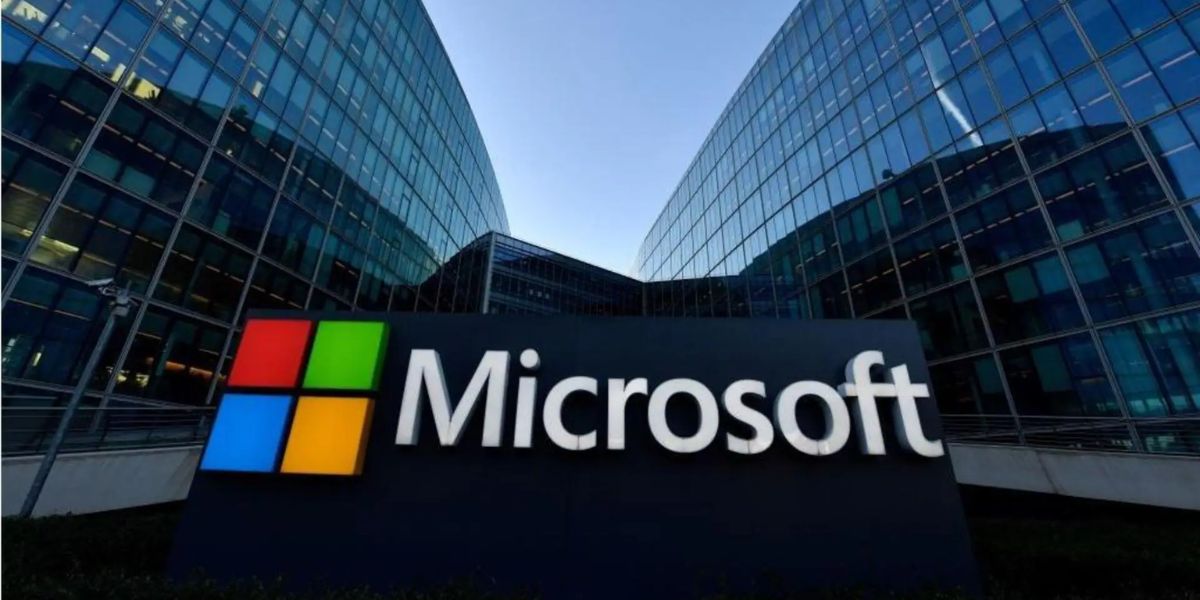In a sweeping restructuring move that sent shockwaves through the tech world, Microsoft has announced the layoff of approximately 9,000 employees, roughly 4% of its global workforce.
The decision, driven by a strategic pivot toward artificial intelligence and organizational “flattening,” has left thousands of workers and their families in a state of deep uncertainty.
A Widespread Impact Across Divisions
The layoffs span several departments, including key units such as the Xbox gaming division, the Azure cloud platform, and global sales and customer support teams. Even high-profile executives were affected, with some stepping down or being reassigned amid the shake-up.
The restructuring marks one of Microsoft’s most significant internal overhauls in recent years, highlighting the company’s evolving focus on efficiency, automation, and AI-led innovation.
Human Cost Behind the Numbers
While the company frames the layoffs as a necessary adjustment to “future-proof” the organization, the human toll is undeniable. Employees took to social media platforms like LinkedIn and X (formerly Twitter) to share stories of unexpected job losses, canceled projects, and career plans abruptly derailed.
Many expressed concern about healthcare access, visa status, and financial stability, particularly as economic conditions remain fragile in several regions.
Families of the affected workers now face immediate questions about housing, education, and relocation. Some employees who had just relocated for roles at Microsoft found themselves unemployed within months. For those in specialized tech roles, the timing could not be worse, with several other tech giants simultaneously tightening hiring or conducting similar layoffs.
Strategic Shift Toward AI
At the heart of Microsoft’s decision is its aggressive investment in artificial intelligence. Following multibillion-dollar partnerships with OpenAI and the integration of AI features into Microsoft 365 and Azure, the company is betting big on automation and machine learning as the next frontier. Leadership has emphasized the need to reduce bureaucracy and accelerate innovation — goals they say are achievable only by reshaping internal structures and removing overlapping roles.
Critics, however, argue that the cost-saving measures disproportionately affect middle-tier employees who have been integral to Microsoft’s recent success. Skeptics also raise concerns about employee morale and whether innovation can truly thrive in an environment of instability.
The Bigger Picture
Microsoft is not alone. Tech industry layoffs have surged in 2024 and 2025, with companies from Google to Meta making similar moves. The shift reflects broader economic forces, including inflation, tighter capital markets, and a cooling demand for some digital services that boomed during the pandemic.
Still, Microsoft’s decision stands out due to its sheer scale and the company’s otherwise strong financial standing. In its most recent earnings report, Microsoft posted robust revenue growth, especially in cloud computing and AI sectors. This juxtaposition — of growth alongside mass layoffs — has sparked debate about the ethics and long-term wisdom of corporate restructuring in boom times.
What Comes Next?
For now, Microsoft says it will provide severance packages, career transition support, and counseling for those affected. Yet for many, the next steps remain unclear. Some will look to smaller startups, while others may consider leaving the tech industry entirely.
As Microsoft continues its transformation into an AI-first company, the human stories behind the restructuring serve as a poignant reminder: even in the world’s most powerful corporations, livelihoods can shift overnight. And while technology charges forward, people are often left to pick up the pieces.




